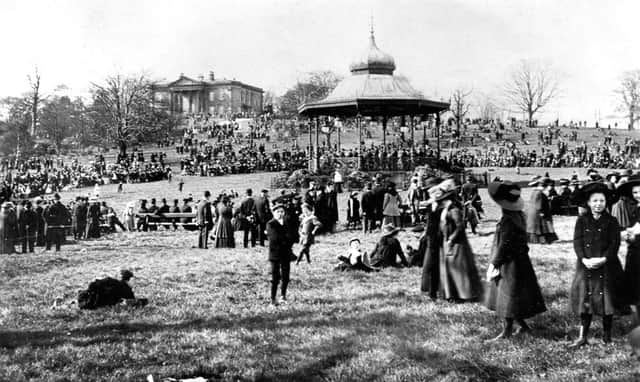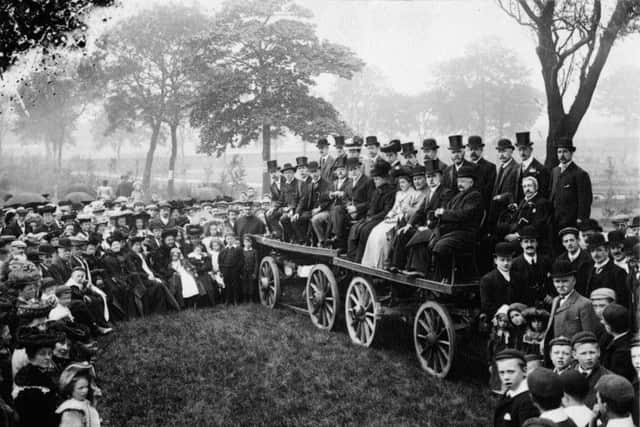'˜Lungs of Leeds': How they're saving our parks for the future


Now a major research project needs the public’s help to find out what the city’s green spaces mean to those who use them - and is looking to the past to help secure them for the future, at one of the most “challenging” times they have faced.
Historians and social researchers at the University of Leeds are exploring the role of the 60-plus parks in the city, many of them purchased for public use in the Victorian era, and comparing their use today with that in the 19th and 20th centuries.
Advertisement
Hide AdAdvertisement
Hide AdFrom Golden Acre and Gotts to Roundhay, Rothwell and Woodhouse Moor, the city’s parks have played a varied role in the social history in the city, from hosting religious and royal processions in the VIctorian era, major concerts in the 1980s starring the likes of Michael Jackson, and allowing hundreds of runners to take part in free Parkruns today.

